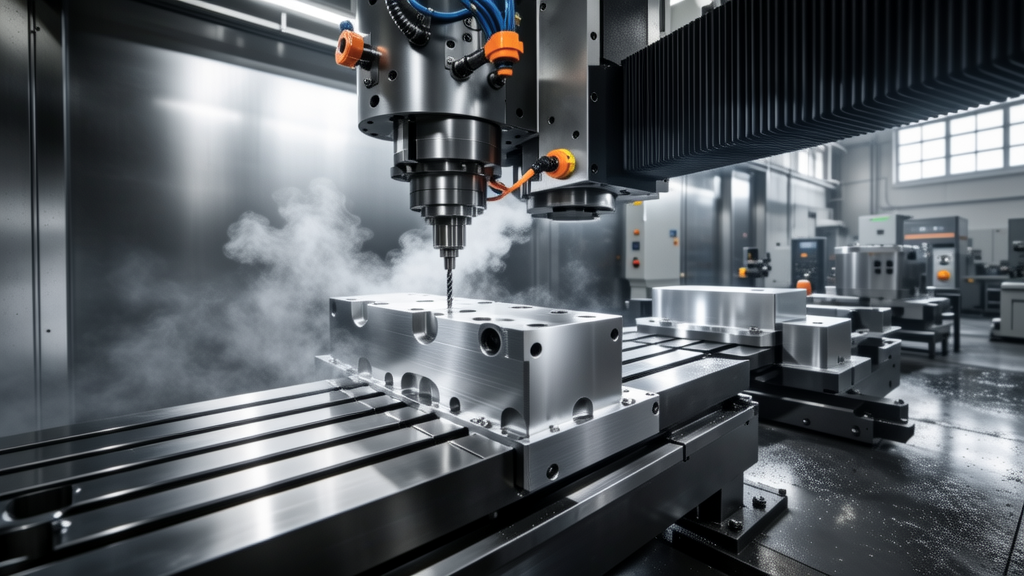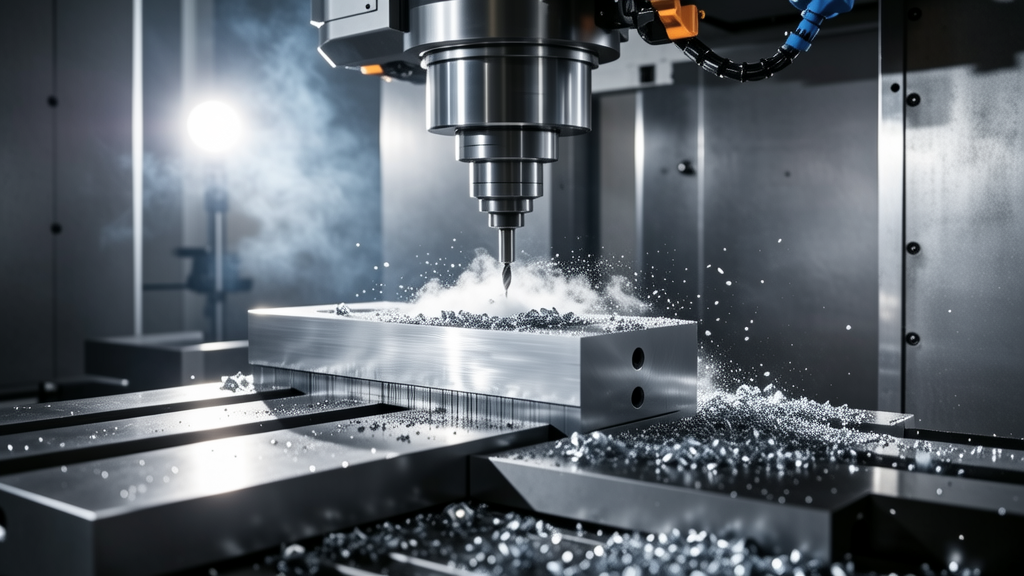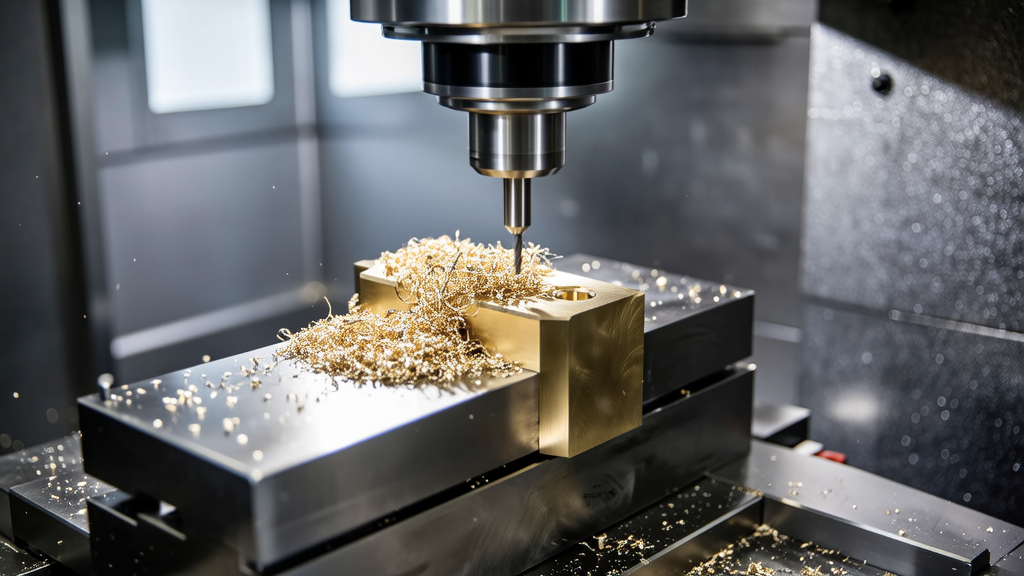When you’re diving into CNC machining in Shenzhen, one of the first things that come to mind is how much it actually costs per kilo. It’s a straightforward question, but the answer can get a bit complex, depending on various factors. So let’s break it down together.
Factors Influencing CNC Machining Costs
Material Selection
The type of material you’re working with significantly impacts the cost per kilo. For example, common materials like aluminum or plastics might be more economical compared to high-grade stainless steel or titanium. In my experience at ly-machining, I’ve seen customers who saved a fortune just by switching from a premium aluminum alloy to a standard one without compromising quality. That’s a little tweak that can make a big difference if you’re looking to keep costs down.
Design Complexity
Another thing to consider is the complexity of the design. More intricate designs require additional machining time and steps, which translates directly to higher costs. I once worked on a project with a client who wanted very detailed engravings on a metal part. While the final look was stunning, the time spent on those details pushed the price per kilo significantly higher. If you can simplify your design while still achieving a great result, that’s definitely going to help you on the budget side.
Volume of Production
How many pieces you’re producing also plays a critical role in the overall pricing structure. Typically, larger volumes allow for economies of scale, meaning the per kilo cost goes down as production increases. I can tell you from past projects that customers who were able to order in bulk saw much better pricing per kilo. For example, a client who ordered 100 pieces saved around 20% per kilo compared to a single piece order. So, if you have the foresight to plan for larger production runs, it could save you a significant amount.
Labor and Machinery Costs
Labor costs can vary in Shenzhen, and they might impact your final pricing as well. Skilled labor is essential for quality CNC machining, and the rates can differ based on the expertise required for your project. Furthermore, keep in mind that machine maintenance adds to overhead costs. I remember once that a slight delay due to machine downtime cost us a client’s project timeline and also added some unexpected expenses. It’s worth considering how well maintained and updated the machinery at your chosen facility is, as that can indirectly affect your cost.
Typical Cost Ranges
To give you an idea, the cost per kilo for CNC machining in Shenzhen generally ranges from around $10 to $50 USD, depending on all the factors mentioned above. For specific materials and designs, it might be even higher. I suggest you consult with your machining provider for more precise quotes based on your unique requirements.

Here’s a handy table that summarizes some of these cost factors:
| Factor | Impact on Cost | Example |
|---|---|---|
| Material Type | Higher grade materials increase costs | Aluminum vs. Titanium |
| Design Complexity | Complex designs can double machining time | Detailed engravings |
| Volume of Production | Higher volumes reduce cost per kilo | Bulk orders of 100 pieces |
Getting Quotes
When you reach out to your machining service provider, don’t forget to request an itemized quote. This allows you to see where your money is going and compare costs effectively. I typically advise asking for samples if you’re uncertain about the quality before placing a large order.
Navigating the costs of CNC machining can seem daunting, but knowing the major factors at play helps you make informed decisions for your projects. If you apply these tips, you might find yourself with a much better price per kilo!
What materials impact the cost per kilo for CNC machining in Shenzhen?
The type of material you choose can greatly affect the cost per kilo. For instance, common materials like aluminum and plastics are generally more affordable compared to high-end options like titanium or certain alloys. It’s essential to consider what materials best fit your project’s requirements while also keeping your budget in check.
For example, using a standard aluminum instead of a premium alloy can help you save quite a bit. I’ve seen clients save up to 30% just by opting for a different material without sacrificing quality.

How does design complexity affect CNC machining costs?
Design complexity is another crucial factor that can significantly impact CNC machining costs. More intricate designs usually require additional time and precision during production, which results in higher costs per kilo. If your design involves intricate details or multiple features, be prepared for increased machining time and costs.
I once worked with a client who wanted a highly detailed piece. The extra hours spent on that design led to 50% higher costs compared to simpler designs. Finding a balance is key to managing expenses effectively.
What is the typical cost range for CNC machining per kilo in Shenzhen?
Typically, the cost per kilo for CNC machining in Shenzhen can range from $10 to $50 USD, depending on various factors like material choice, design complexity, and production volume. This range is a good starting point to understand what to expect when budgeting for your projects.
Knowing this helps you discuss specifics with your machining provider, enabling them to give you a more tailored quote based on your exact needs.
How can I get accurate quotes for CNC machining projects?
Getting an accurate quote for CNC machining involves discussing your project specifics with your provider. Be prepared to share details like material selection, design files, and expected volumes. The more information you provide, the better they can estimate your costs.
Many companies will provide an itemized quote, which is a great way to see where your money is going. Asking for samples is also a good idea, especially if you’re unsure about the material quality before making a larger investment.
Do larger production volumes reduce the cost per kilo?
Yes, larger production volumes can indeed help reduce the cost per kilo due to economies of scale. The more pieces you order, the lower the cost for each individual piece usually becomes. This can save you a significant amount if you’re looking to produce items in bulk.
For example, I helped a client who ordered 100 pieces instead of just








